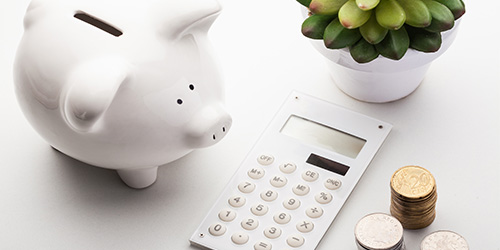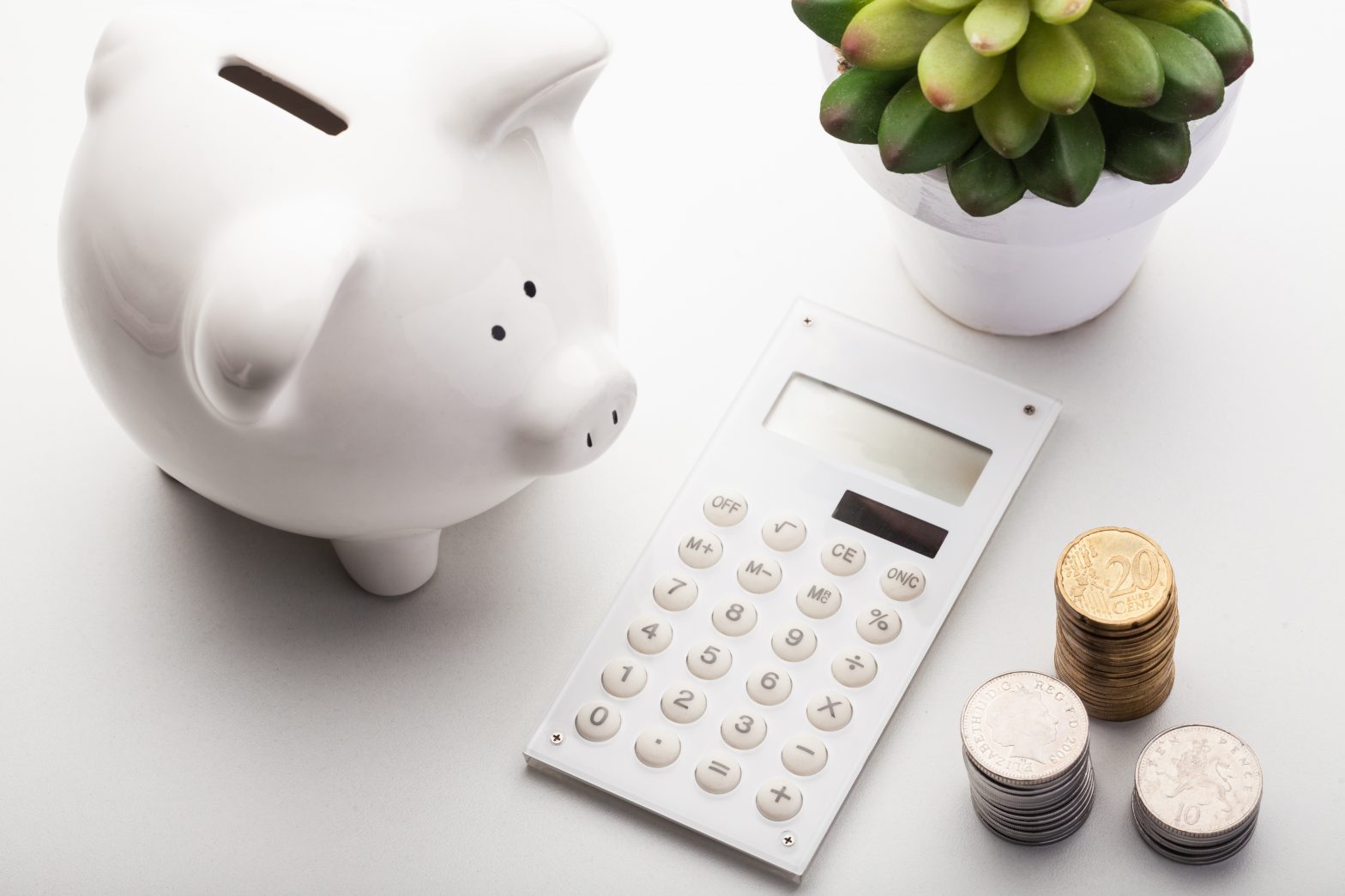5 Steps to Create a Successful Budget

Every great financial future starts with a budget. If you feel like all you do is work to pay off bills, then maybe it’s time to look at putting a budget system together to take a closer look at what you’re spending on, how you can draw back and how you can save for a better financial future (or a dream holiday).
1. Identify Your Income and Expenses
The first steps of creating a successful budget is to calculate your income and expenses. Open up a spreadsheet and work off a monthly basis. If you’re tech savvy, create your budget in a Google Spreadsheet so you can update it anywhere on any device.
reate your budget in a Google Spreadsheet so you can update it anywhere on any device.
Firstly, create a list of your monthly income. This will include your monthly salary but also things like rental income or even a side gig you may have. It is important to list everything out in your spreadsheet.
Here’s an example:
Next step is to work out your expenses. Consult your bank statements, receipts and financial files of the last six months or a year to get an idea on where your money is going. This way you will capture the most accurate financial picture.
Start by listing out your fixed monthly expenses are payments that will more than likely not change and are a must-have. Examples of these are Rent, Electricity Bill, Water Bill, Gas Bill, Fuel, Groceries, Car Registration, Car Insurance, Green slip insurance etc.
For items that you pay annually for, divide it by 12 to work out what you pay monthly. Here’s an example of what your fixed expenses will look like:
2. Set Financial Goals
Before working on your discretionary expenses, it is best to work out how much you have left to spend in the month by minusing your expenses from your income. In the example we have given, we have $2,312 left over each month.
Here is where you start thinking about what is important to you. What financial goals do you want to hit. What do you want to save for. Think about your ideal situation and think about where you are now.
Examples of financial goals:
- Get out of debt
- Build an emergency fund in the next 3-6 months
- Save for a holiday in 12 months time
Now think about your financial goals as they were expenses. For example after this step, your budget will look like this:
3. Separate Needs From Wants
With the remaining amount of money you have each month after you have calculated your income minus expenses minus your financial goal, here is where you work on your discretionary expenses. These are items such as dining out, buying clothes, grooming and other things. List these out in your expenses column also.
Keep in mind that if you have private health insurance, this will fall under this category as you are able to look at reducing your health insurance amount however make sure you prioritise this before entertainment and dining out.
Once you are done with this daunting (and confronting) task, you will have a better idea of what your monthly outcome is.
4. Subtract Your Income From Expenses
If you have a positive number at the end, then great! You are on the right track and you can go ahead and add more money to your financial goals or discretionary expenses.
If you have a negative number, you need to work on where you can drop your monthly spending. This may be eating out less, grooming once a month instead of each fortnight and etc.
If you break even, you have exactly enough money to get you buy. If this is the case, we would suggest you make some room to breathe by removing some money from discretionary expenses.
5. Implement, Monitor and Adjust your Budget
Finally, this is the moment you have been working towards. Now is the time to implement, monitor and adjust your budget as your days go on.
We recommend you sit down once a month and evaluate your budget. You may be able to move on some expenses more than you realise and put more towards your goals. The first couple of months will be difficult but if you are persistent you will reach your financial goals and feel like you’re on track to financial success.
__________
It can be expensive to borrow small amounts of money and borrowing may not solve your money problems. Check your options before you borrow. For information about other options for managing bills and debts, ring 1800 007 007 from anywhere in Australia to talk to a free and Independent financial counsellor.
Talk to your electricity, gas, phone or water provider to see if you can work out a payment plan. If you are on government benefits, ask if you can receive an advance from Centrelink: www.humanservices.gov.au/advancepayments
The Government’s MoneySmart website shows you how small amount loans work and suggests other options that may help you.
* This statement is an Australian Government’s requirement under the National Consumer Credit Protection Act 2009.


